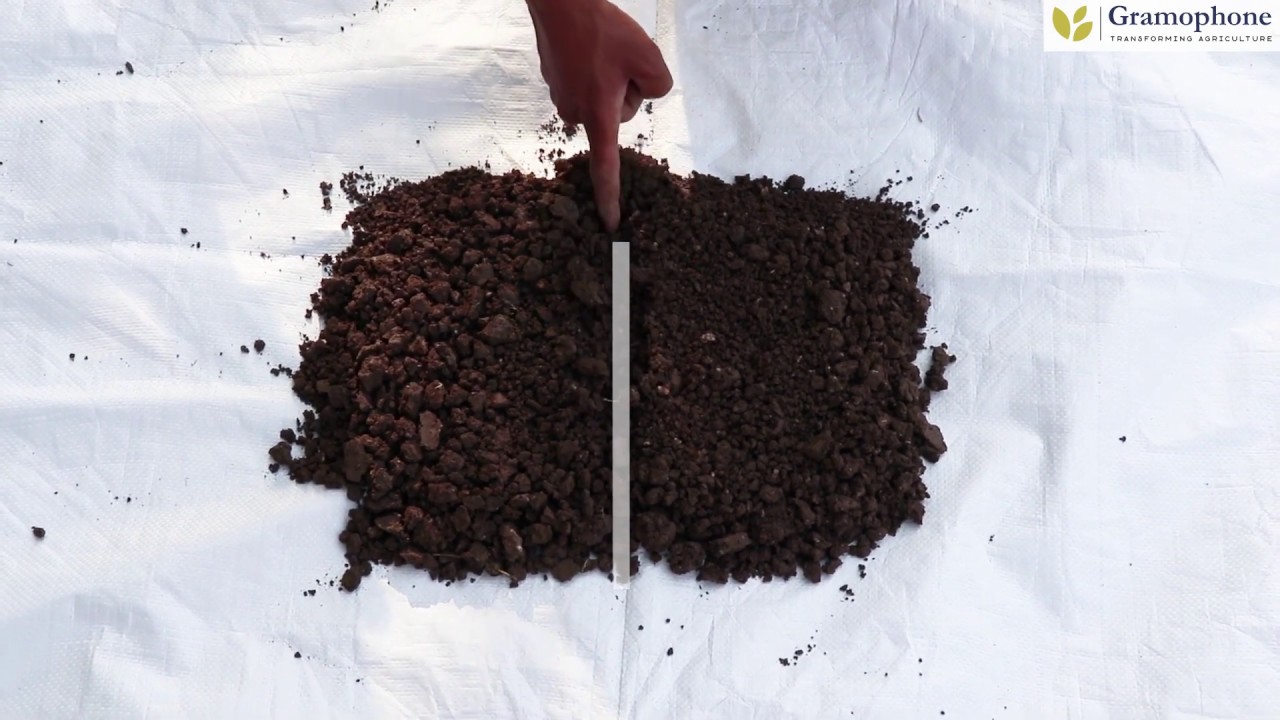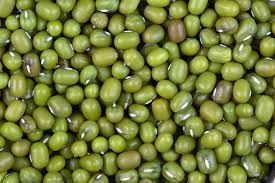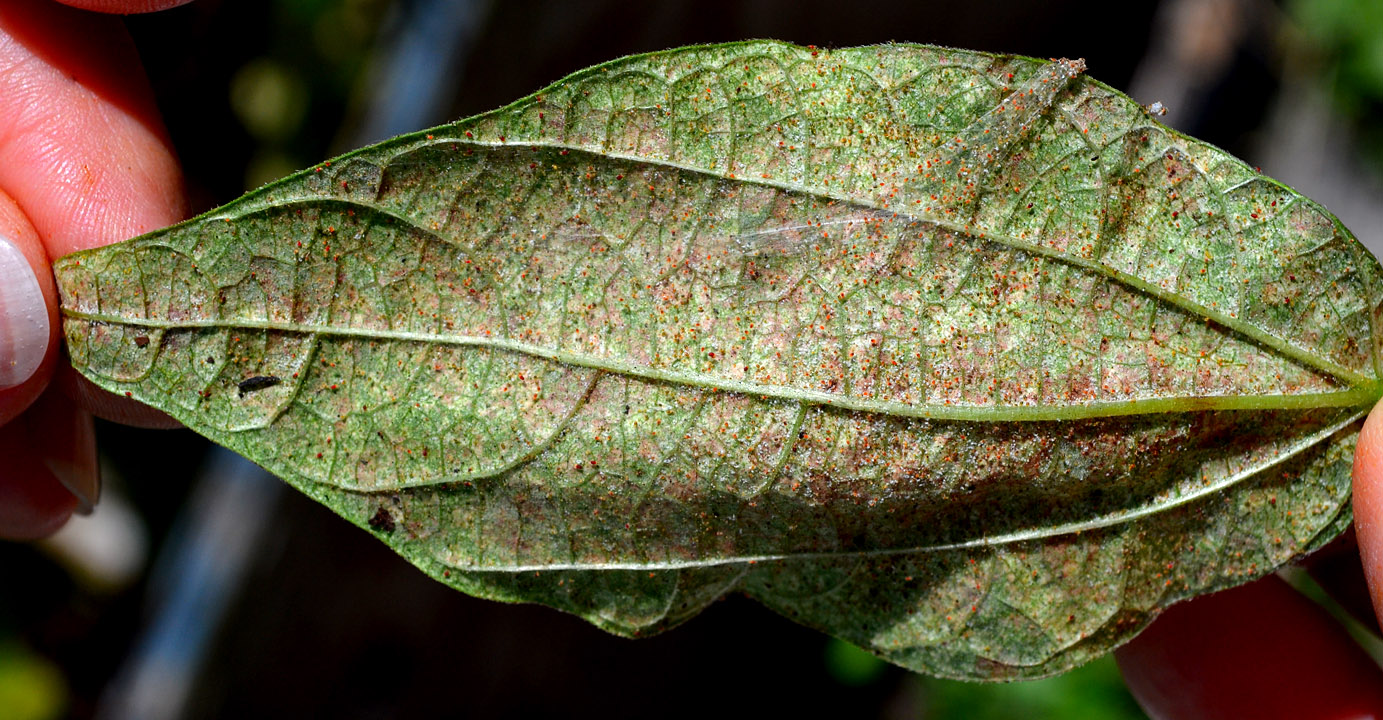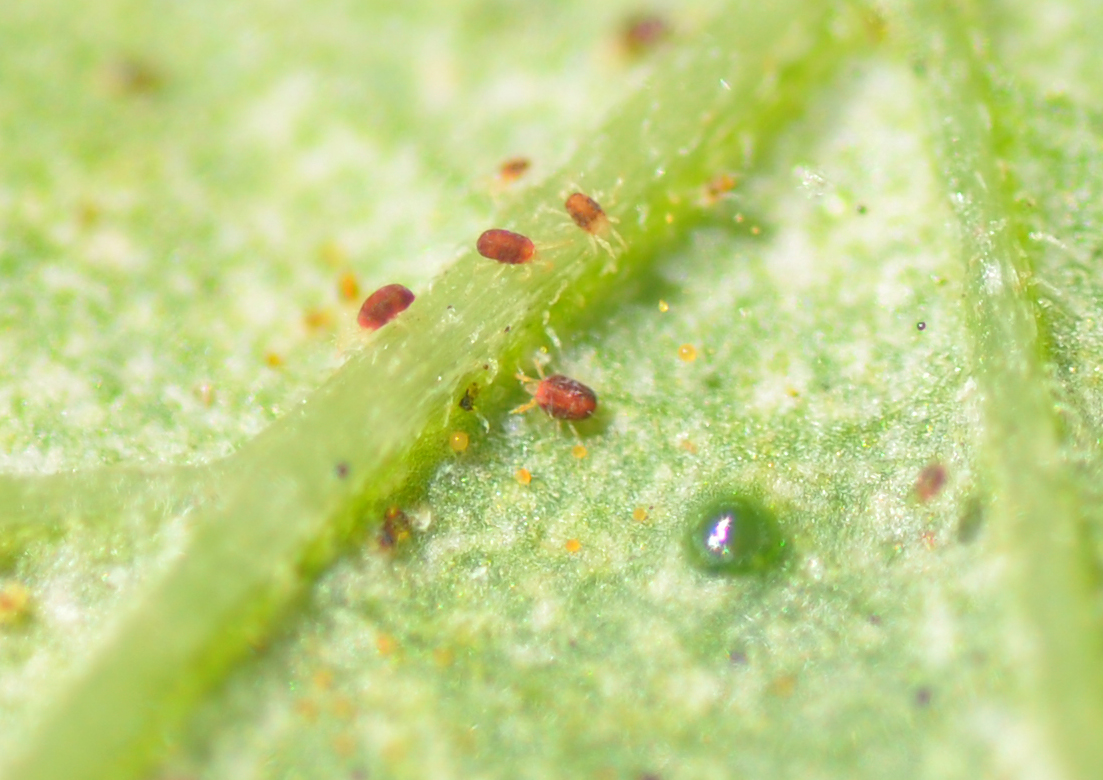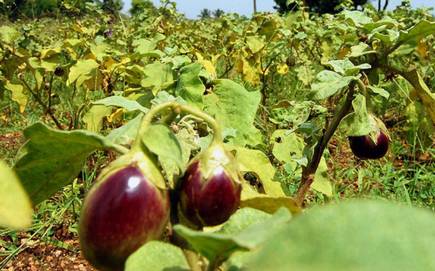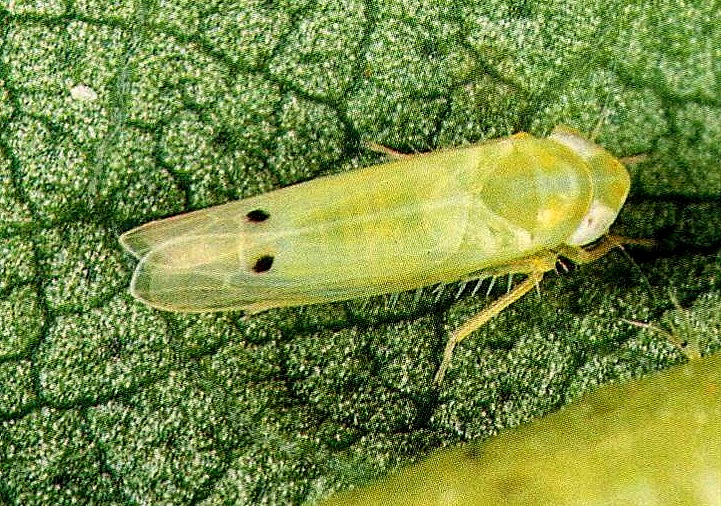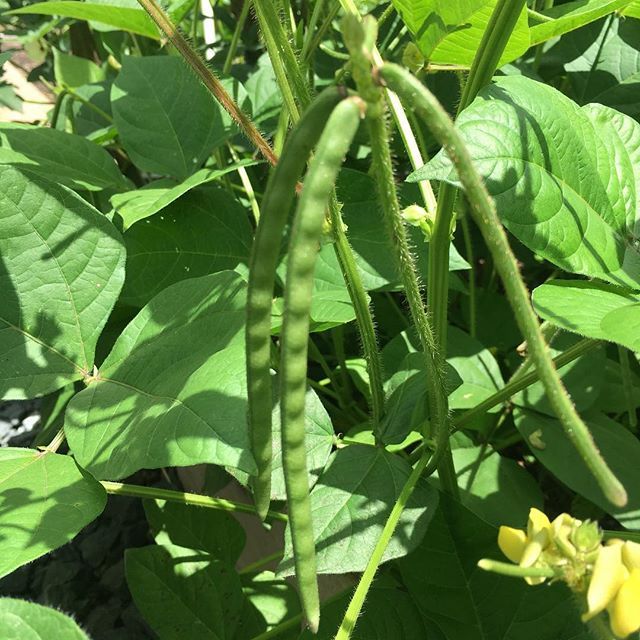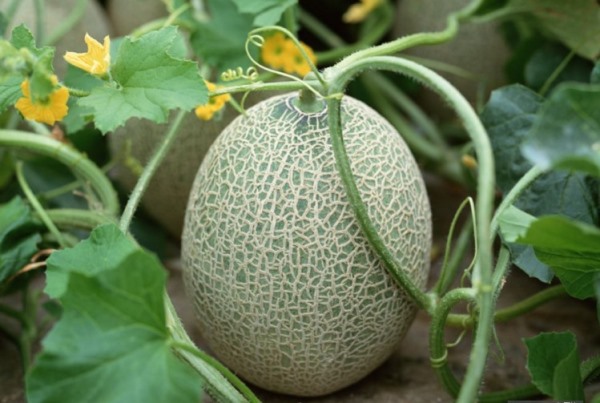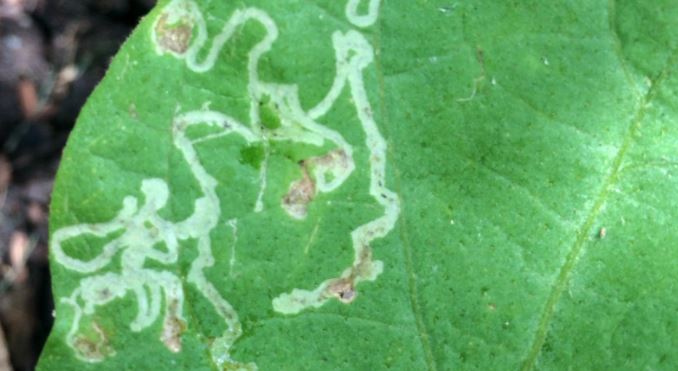The following facts can be determined from soil testing –
- Soil PH
- Electronic conductivity (Concentrations of salts)
- Organic Carbon
- Available Nitrogen
- Available Phosphorus
- Available Potash
- Available Calcium
- Available Zinc
- Available Boron
- Available Sulphur
- Available Iron
- Available Manganese
- Available Copper
By knowing the number of nutrients available in the soil, we can adjust the quantity of fertilizers accordingly. This would increase the productivity of the crop and reduce the cost of cultivation.
Share
